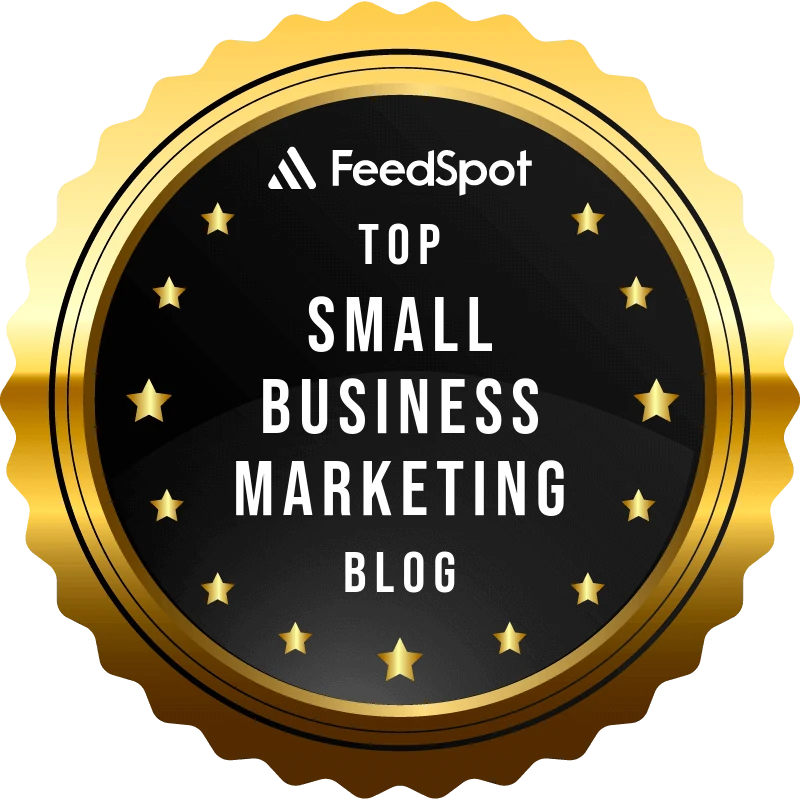
ESG Marketing: How To Do It Right
You know the importance of messaging. Get it wrong, and your business could fail. Get it right, and your company can see success. If you have an environmental, social, or governance (ESG) message to share, this must be communicated in the right way if you want it to benefit your business and your sustainability values.
Here’s what you need to know about ESG marketing strategies for your sustainably-minded business.
What is ESG marketing?
ESG stands for:
- Environmental: This is how your company actively reduces or eliminates waste or lowers carbon emissions.
- Social: This is about your reputation, the relationships between other companies and organizations, and your internal inclusion and diversity values.
- Governance: These are the internal practices, controls, and procedures that oversee and govern the business.
ESG marketing is how you promote these initiatives and strategies to your investors, buyers, and other stakeholders. When it’s done the right way, it can build your brand equity, financial worth, and social impact.
Investors are looking for businesses dedicated to positive ESG issues. According to a McKinsey article, “Global sustainable investment now tops $30 trillion—up 68% since 2014 and tenfold since 2004.” ESG standards in a business show an investor that the company is dedicated to long-term success, an attractive feature for many investors, especially millennials.
There are over 79.4 million millennials in the US, and they are leading the way in investing in ESG-focused companies. In the 2010s, millennials contributed $51.1 billion to sustainable funds. Nearly 33% often or exclusively invest in companies that have ESG values. This is compared to just 19% of Gen Z, 16% of Gen X and 2% of baby boomers.
Why is ESG messaging important?
ESG strategies help illustrate your company’s values of inclusivity, sustainability, equity, and transparency. It shows that you have the self-awareness to recognize the problems in the world, and you are actively (and with purpose) working to fix them through your brand.
It is also important to have a well-executed ESG marketing strategy because consumers demand it. A recent Deloitte study found that nearly one in three consumers would stop buying from a business if they had ethical or sustainability-related concerns about their business practices or products.
ESG messaging is important because your customers and clients demand that your business be transparent and take steps towards a better tomorrow. Share ESG stories and messaging to show them that your company cares about the environment, its people, and the community. It also shows that you are prepared to monitor and govern the company’s actions to stay aligned with these values.
How to use ESG Messaging without being spammy
Here are our top suggestions for acting on and executing a positive ESG digital marketing strategy:
- Tell a balanced story: Be proactive in your ESG messaging. Make sure your story is cohesive and explains the complexity of these issues upfront.
- Explain why it matters: Explain why your ESG initiatives matter to each stakeholder. This messaging will be different for customers, board members, and staff so adjust your messaging accordingly for each group.
- Use ESG Data: Track some key measurable metrics in your ESG strategy and use this data to manage corporate agendas and consumer expectations.
- Don’t overdo it: Sharing your ESG story is important, but don’t place too much emphasis on it because it begins to appear disingenuous. Share these stories within and between other marketing and sales messages to strike a good content balance.
- Don’t exaggerate: Be honest about your results without exaggerating. Your integrity could be called to question if you make too-good-to-believe claims. Always be sure you can back up your claims and communicate them accurately and authentically.
Here are a few ways to incorporate your ESG messaging into your business:
- Make them part of your vision, mission, and values
- Share outcomes and KPIs of your ESG initiatives
- Share how your ESGs are lowering operating or financial costs to raise revenues and asset values
- Use social media or video to share stories of your ESG journey and successes.
Examples of ESG Marketing
Great Bear Rainforest Essential Oils (GBREO)
GBREO is a social enterprise supporting first nations communities. They use sustainably harvested conifer needles for their steam-distilled essential oils. Their ESG messaging focuses on how they provide sustainable employment opportunities and promote the continued cultural health, growth, and prosperity of the pristine Great Bear Rainforest. Purchasing their products positively impacts the local communities that call this region home.
Through various social media and digital marketing strategies, Out-Smarts Marketing helped them share their ESG story with the world. It resulted in significantly increased brand awareness through a 652% increase in Facebook followers and 731% increase in followers on Pinterest.
Fairware Promotional Products
Fairware is a leader in sustainable product sourcing in an industry that isn’t generally known for being very environmentally friendly. Typically, the promotional products industry produces high amounts of waste as people throw out these “swag” items they get at conferences and events.
This Vancouver-based company specializes in ethically sourced, sustainable promotional products that amplify your sustainability values and messages. Their company is built around sustainability so their ESG messaging is always front and centre because it’s their key product differentiator.
Patagonia
Patagonia aims to use their resources to do something about our climate crisis. One percent of their profits go back to non-profits that help restore our environment. They promote activism in sports to drive positive social and environmental change, connect with environmental groups to give to local causes, and provide grants for grassroots environmental groups. This environment-first value is instilled in their marketing and products.
Lyft
Lyft set out to create a ride-sharing platform to improve people’s lives by providing the world’s best transportation. They knew that car ownership was not environmentally friendly or affordable for many. This mandate to provide a more sustainable way to move people around was beneficial during the pandemic (when consumer spending decreased) and continues to drive their actions and strategic decision-making today.
Is ESG marketing good for your business?
Executing an effective ESG marketing strategy can work well for your business if you do it right.
“76% of people will stop buying from companies that don’t have an environmental or community strategy (or who execute it poorly).”
–PricewaterhouseCoopers
The best way to do ESG marketing is by creating content and sharing genuine and on-brand stories. Out-Smarts can help you do that through your website, social media, and blog. We specialize (and love) in helping brands dedicated to their ESG strategies. Book a discovery call with us today to chat more about how we can help you share your ESG story with the world.
Read more articles:


